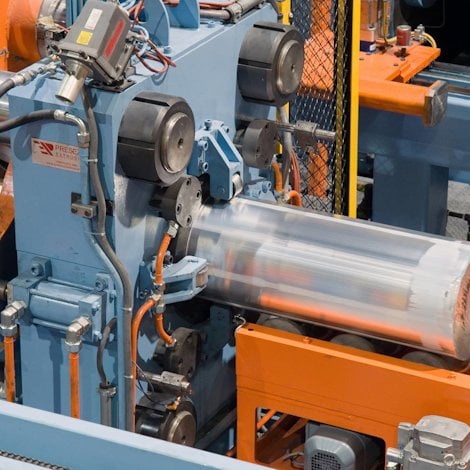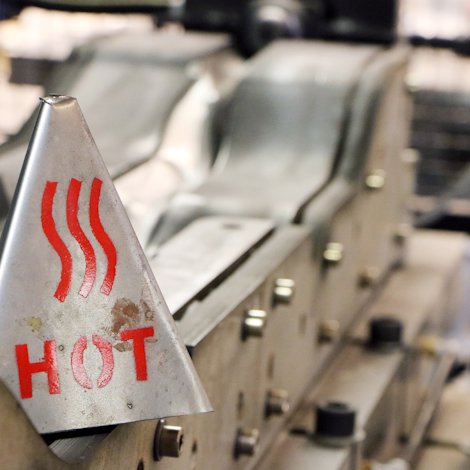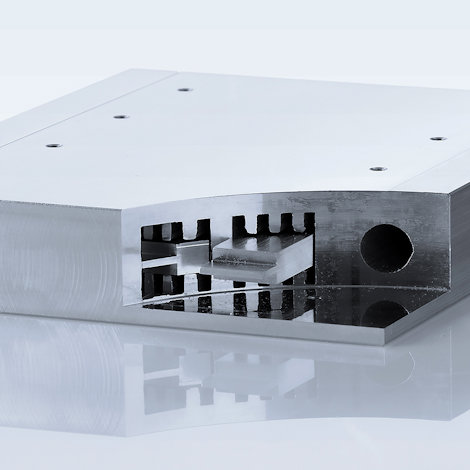Manufacturing tips for thermal management
Extruded aluminium is excellent for thermal management applications because it can be shaped into complex forms, it has high thermal conductivity, and because it is economical. When you add friction stir welding into the mix, it becomes an even better alternative. Here's how.
The use of extruded aluminium heat sinks and enclosures has grown in thermal management applications such as power electronics, LED lighting, telecommunication devices, automotive systems, and computers.
That said, the aluminium extrusion process has limitations with regard to shapes and sizes. For instance, it is very difficult to extrude high-performing heat sinks with tall fins and small gaps, or large-scale LED fixtures.
My colleagues and I are working on developing thermal management solutions that can meet the increasing demands of heat dissipation, with the use of friction stir welding technology. This technology is a solid-state joining method that has been used in the welding of aluminium since the mid 1990s.
I like this technology. It requires no filler metal, it is suitable for automation and it is cost-effective. It also results in welds that are free of voids and leak-proof, with low thermal distortion and shrinkage. High tensile, fatigue, and thermal conductivity properties are also a benefit when using friction stir welding in a thermal application.
Two solutions to consider
Modular heat sinks and liquid coolers are two common thermal management solutions, designed to absorb and disperse heat away from high-temperature objects. Let us look first at friction stir welded modular heat sinks.
By joining single-fin extrusions using friction stir welding, we can produce modular heat sinks with high fin-to-gap ratios in excess of 40-to-1 (they are normally 16:1 max) and up to 20 inches wide. This manufacturing concept provides strong mechanical joints, it improves the reliability of the product, and testing has shown that it delivers 8 percent better thermal performance than conventional bonded-fin heat sinks.
We’ve also come up with a method of manufacturing liquid coolers that takes advantage of features that can be integrated into the aluminium extrusion together with friction stir welding. This method provides a cooling solution for high-power devices that can achieve thermal performance that is more than 10 times better than standard air-cooled heat sinks.
I would be happy to answer any questions you have about these concepts.







